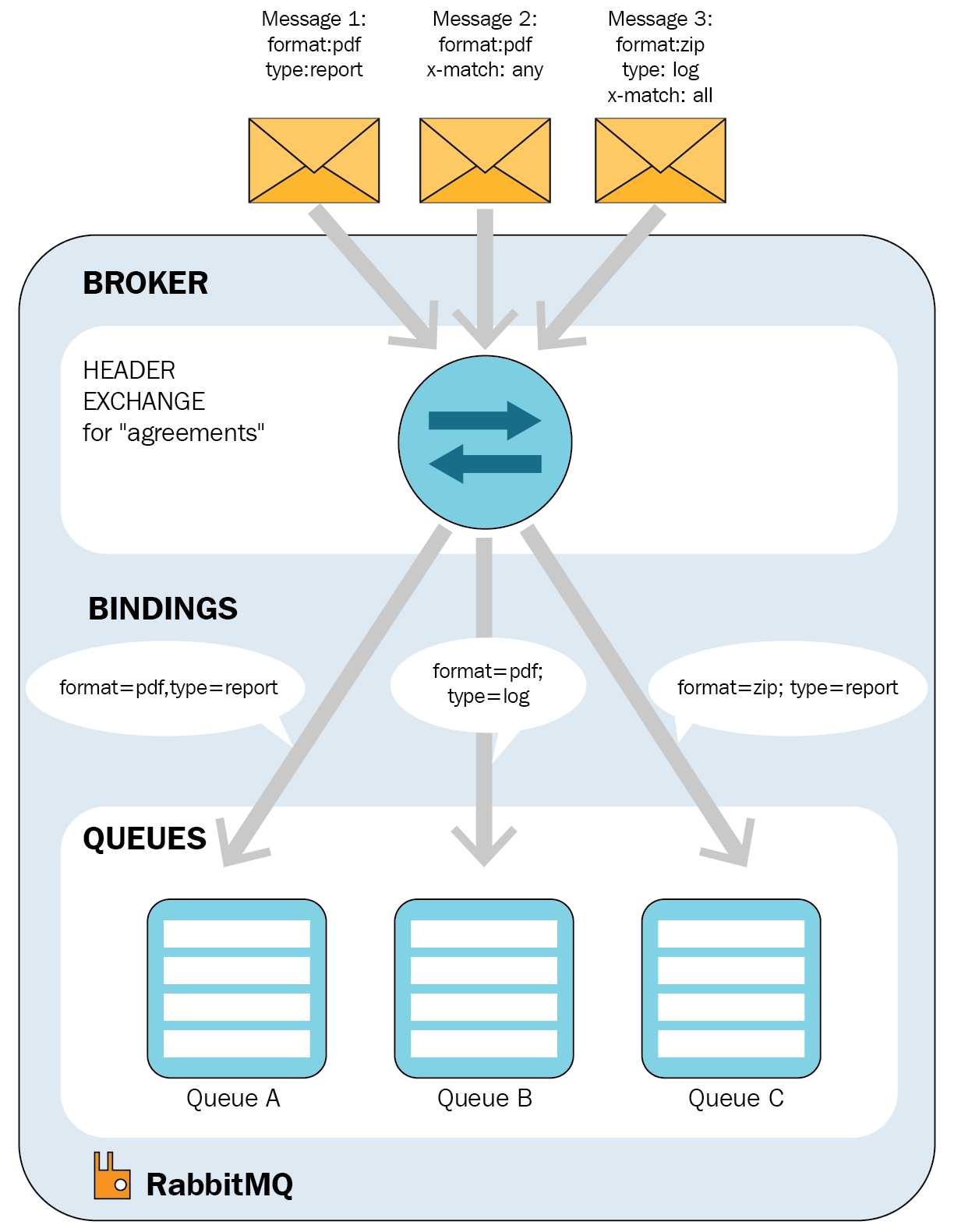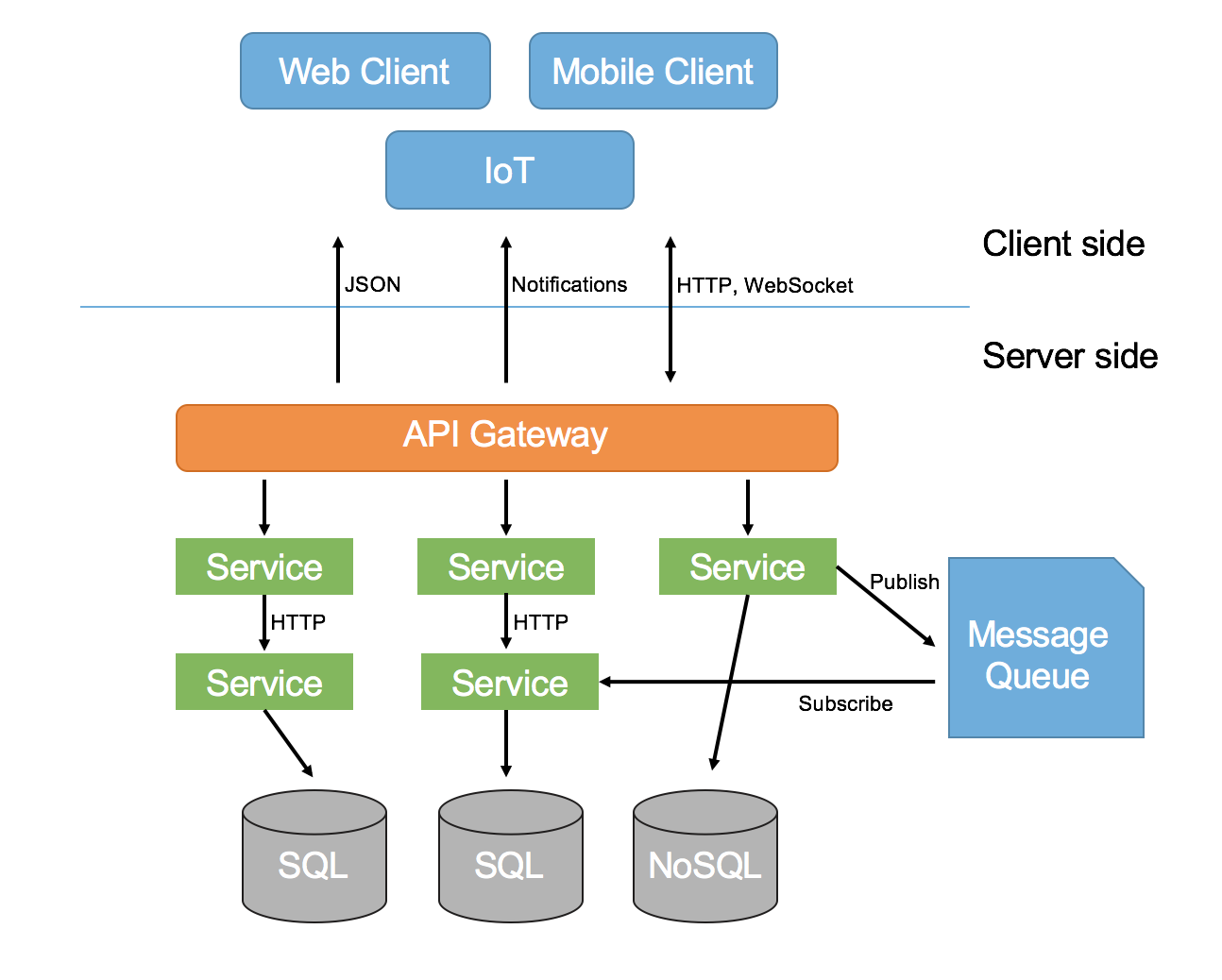

Note: There are still several platform-specific messaging solutions from other known cloud providers. It keeps a messaging queue platform-agnostic and ensures that microservices architecture is consistent regardless of the platform. That is why messaging queue architecture is preferred when running a vast number of microservices in Kubernetes.įor this reason, best practices should be considered when selecting and implementing a messaging queue as the entire architecture will depend on its reliability and scalability.ĭeploying a messaging queue in Kubernetes allows one to avoid platform-lock-in. Furthermore, it is recommended when microservices are enormous. Messaging solves the security and availability issues since each microservice communicates with the message queue.

Considering the number of connections will be the same as the number of services, this will result in a solution that can scale linearly, as shown below: However, through the use of messaging queue, the connections can be centralized. It would not be viable for organizations with a large number of services. In general, if we denote services with the letter n then the number of potential connections can be determined as n(n-1)/2. If we increase the number of services to five, the number of potential connections also increases to ten, as illustrated below: For example, if we have an environment with only three services, we would have three potential numbers of connections as shown below: In messaging, issues such as availability, security, and latency need to be addressed for each point-to-point communication.įurthermore, the higher the number of services would mean more potential connections between them. Why do we need messaging in Kubernetes?Īs mentioned earlier, when the microservice-based architecture grows, the difficulty of connecting each of these distributed services also increases. It will also look at how KubeMQ attempts to address the problems of messaging in Kubernetes. This article will look at the benefits messaging in Kubernetes offers and the difficulties experienced with legacy solutions. Messaging offers an excellent solution to the above issue, but message queues come with some problems. It is evident that as the number of microservices increases, the more difficult and complex it is to maintain them. Connecting and maintaining the growing number of microservices in Kubernetes can be a struggle and challenging.


 0 kommentar(er)
0 kommentar(er)
